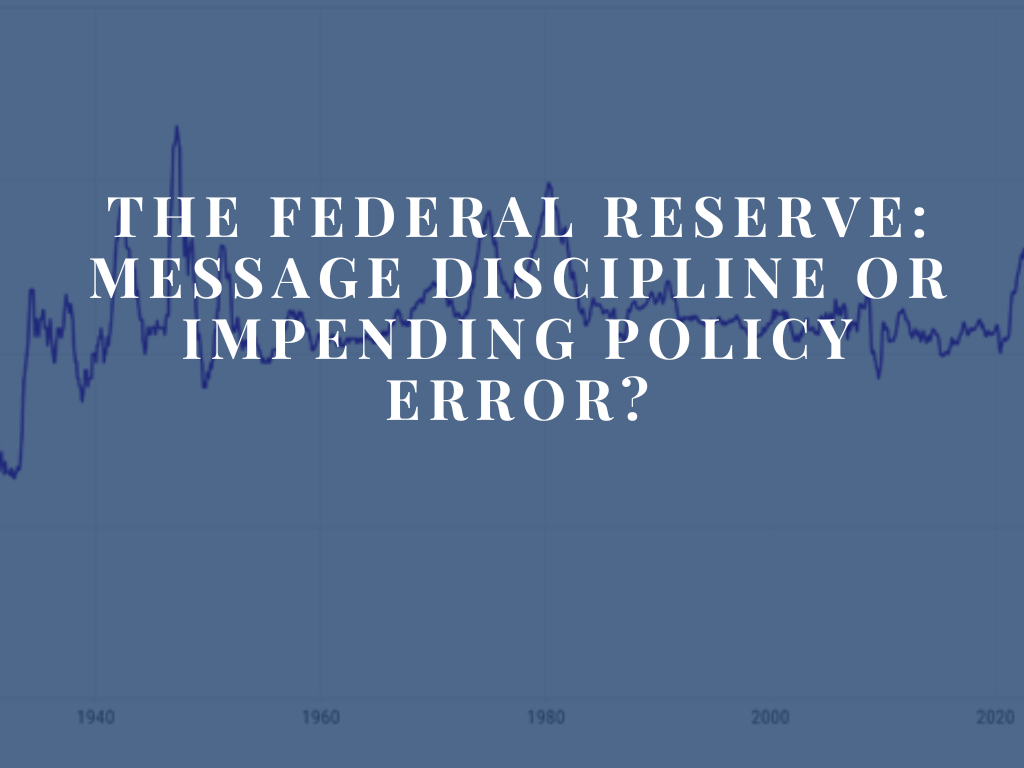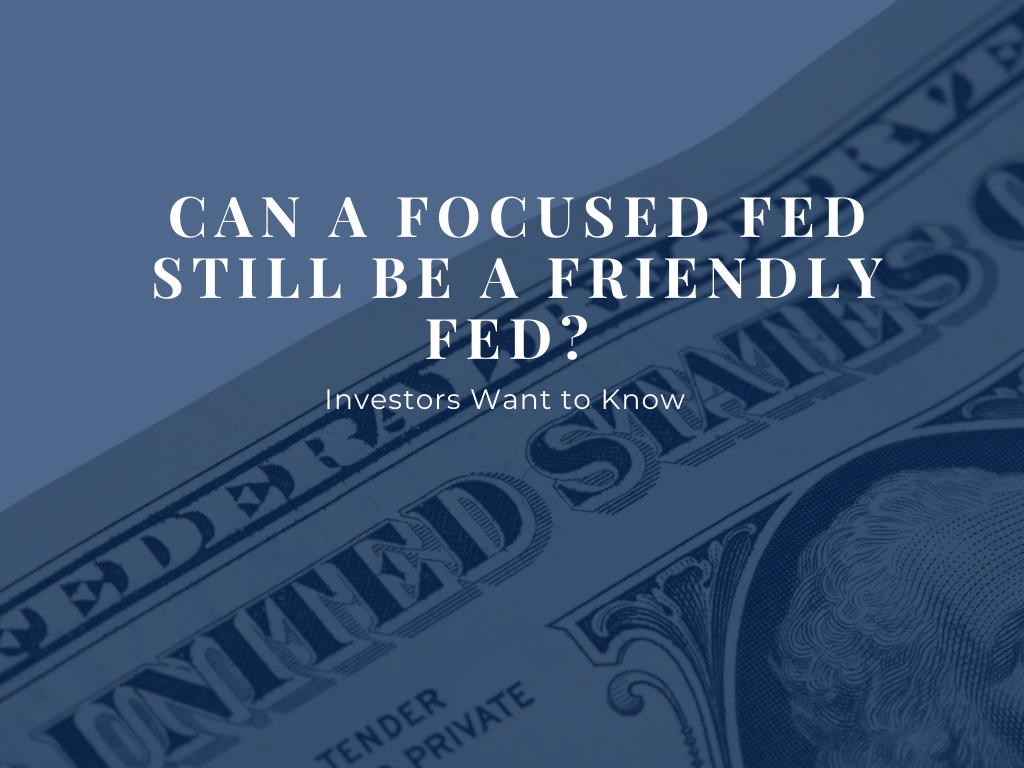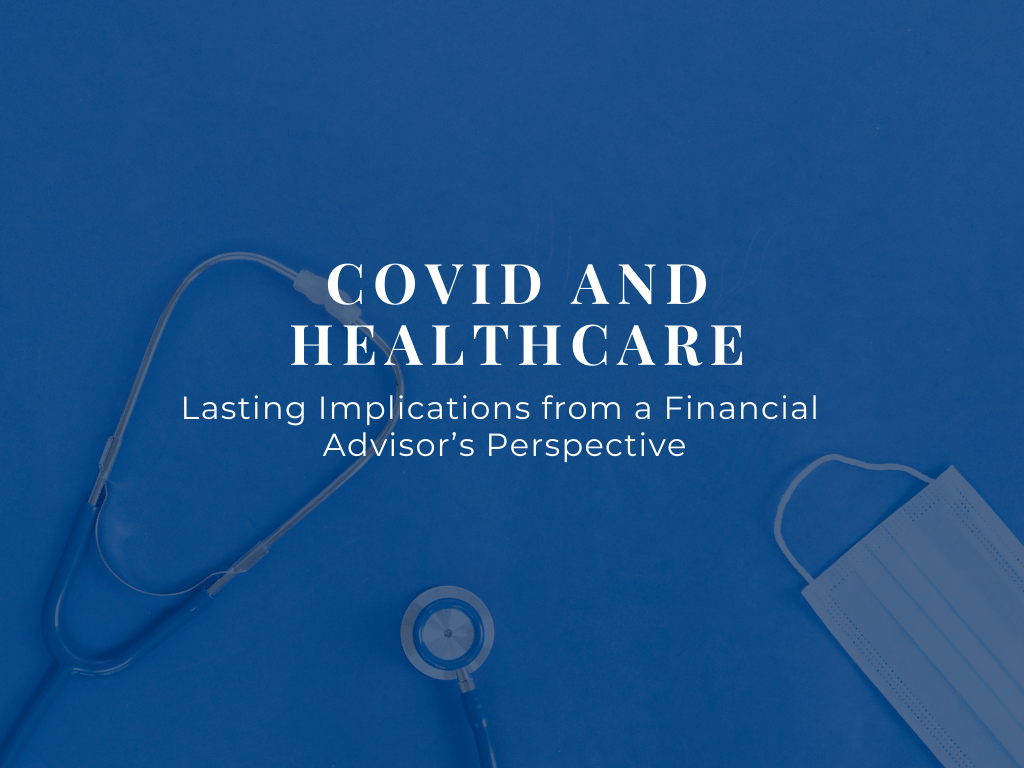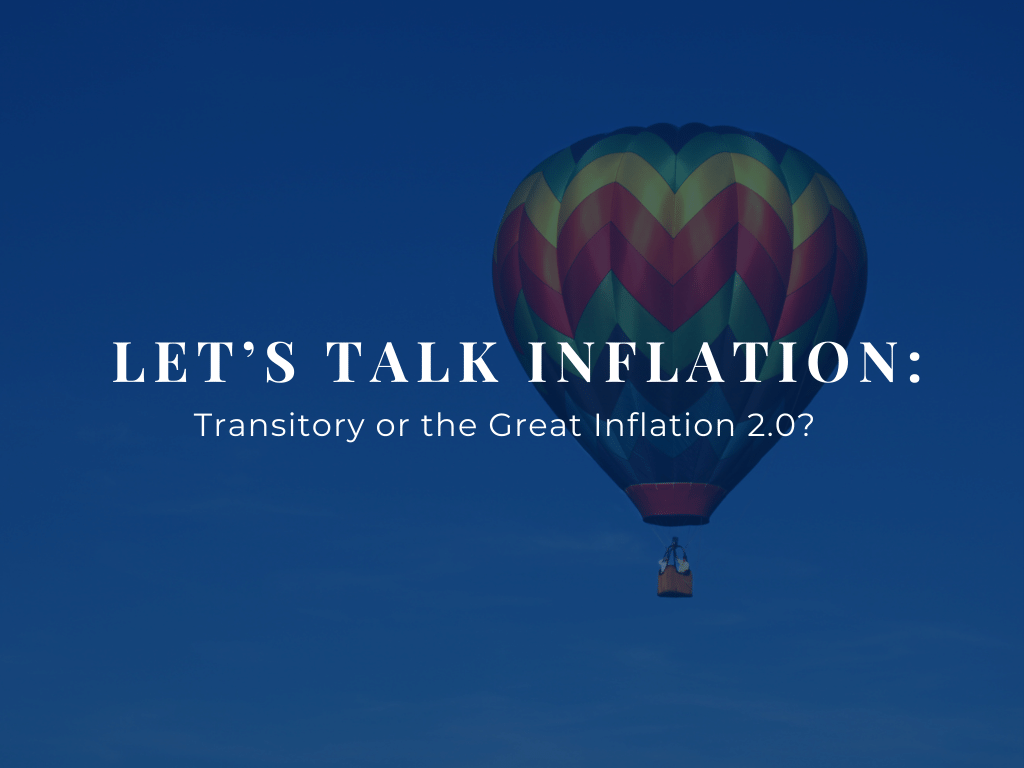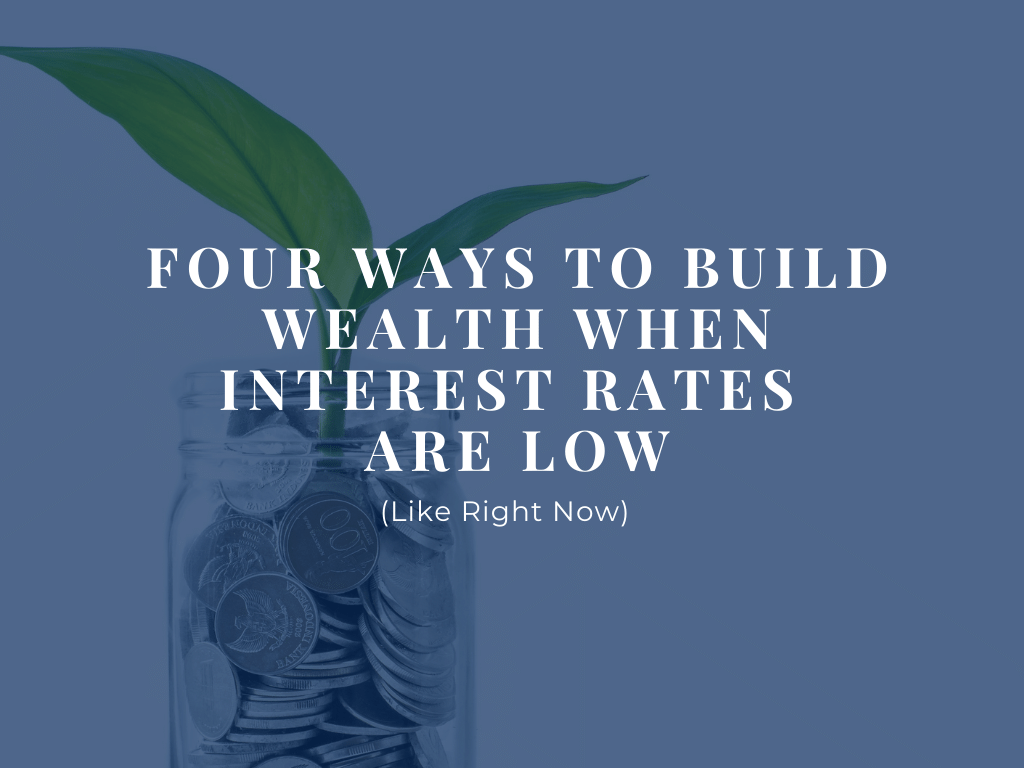With the recent tax bill raising the cap on state and local tax (SALT) deductions from $10,000 to $40,000, a new planning opportunity has opened for high-net-worth individuals and couples. For nearly a decade, many households found themselves unable to benefit meaningfully from itemized deductions. The high standard deduction meant charitable gifts often provided no additional tax benefit. But now, deduction stacking has entered the conversation as a way to maximize both your generosity and your tax efficiency.
Shams Afzal, AIF®

Recent Posts
Deduction Stacking: A Smarter Way to Maximize Charitable Giving
Topics: Financial Planning
Silicon Valley and Its Near-Term Implications
While many outlets have reported on the failures of Silicon Valley Bank and more news will continue to trickle in, it is our understanding that these episodes do not reflect the systemic risks experienced during the financial crisis of ’08-’09. The Treasury and the Federal Reserve are providing full backing for customers’ deposits in banks of all sizes. Affected customers are being made whole from a pool of emergency cash that receives its funding from a 2010-era banking legislation (Dodd-Frank) that mandated special fees on banks.
Topics: Financial Planning, Investment Management
The Federal Reserve: Message Discipline or Impending Policy Error?
Fed Chairman Powell has spoken unreservedly for a year now that he was serious about fighting inflation and will do ‘whatever it takes.’ Hardly anyone can question that resolve given the unprecedented 4.25% rate increases in the last nine months (see first Image below). The pace of hikes, however, makes the case that the lack of rate action till March of this year was the wrong decision, with the benefit of hindsight.
Topics: Interest Rates
Can a Focused Fed Still Be a Friendly Fed? Investors Want to Know.
As the Federal Reserve executes its policy shift from pandemic era generosity to inflation busting zeal, financial markets are at crossroads. It fears, not necessarily the exit of ‘easy’ money supply as much as a policy error, the kind that takes an economy with underlying consumer demand greater than pre-pandemic levels and leaves it without a pulse.
Topics: Interest Rates
COVID and Healthcare: Lasting Implications from a Financial Advisor’s Perspective
Many among us found ourselves playing armchair epidemiologist at the outset of the pandemic. Casual discussions about rates of community transmission and projectile statistics of a cough in indoor settings, along with a browser tab open consistently to track worldwide COVID tallies, all served as useful distractions.
While the country grappled with this black swan event, healthcare infrastructure strained to accommodate three distinct influxes of COVID-infected patients in just nine short months. As the fourth wave continues to impact parts of the country today, it’s a little premature for a full postmortem on how the healthcare sector fared as a whole, but there are reasons to be hopeful.
Topics: Financial Planning, Economy, health insurance
Let’s Talk Inflation: Transitory or the Great Inflation 2.0?
Inflation is on the minds of many and there is no shortage of price increase anecdotes around the country. From commodities like iron ore and copper doubling in price, to paying MSRP for a year-old car, these observations of rising prices are coloring perceptions about general affordability, the dollar, the central bank and investments.
Whether we are experiencing inflation is not up for debate, however, the prospect of sustainable inflation is definitely debatable. Is it the ‘80s all over again? Can we objectively look at the pandemic-induced supply disruptions, a confluence of weather anomalies, lean manufacturing driven supply chain decisions and a Texas freeze, and call it a structural and sustainable inflation? Not really. At least, not yet.
Topics: Stocks, Market, Economy, Interest Rates
Four Ways to Build Wealth When Interest Rates Are Low (Like Right Now)
Low interest rates, along with all their advantages and pitfalls, have defined much of the last decade. While prior recessionary periods have seen overnight shifts by the central bank to sub-1% interest rates, 2020 appears to manifest an extreme version of it so far. As the Federal Funds Rate was slashed from 1.5% to nearly 0% in March of 2020, the 10-year Treasury, the widely followed proxy for long-term rate setting purposes, registered a low of just 52 basis points within days of the Fed actions, an historic low.
Topics: Investment Management
What Should I Do with My Portfolio in My 20s, 30s and Beyond?
While some investing wisdom is timeless and can be as simple as “save early and often,” behavioral finance shows us that the best advice is one that can be followed and adhered to long enough for it to deliver.
Priorities in one's 20s are and should be different than those in one's 40s and beyond. 2020 has put a wrinkle in even the best laid plans and added other layers of uncertainties to be taken into account for both short- and long-term financial decisions. Here are some steps to consider in the different phases of financial life.
Topics: Investment Management


